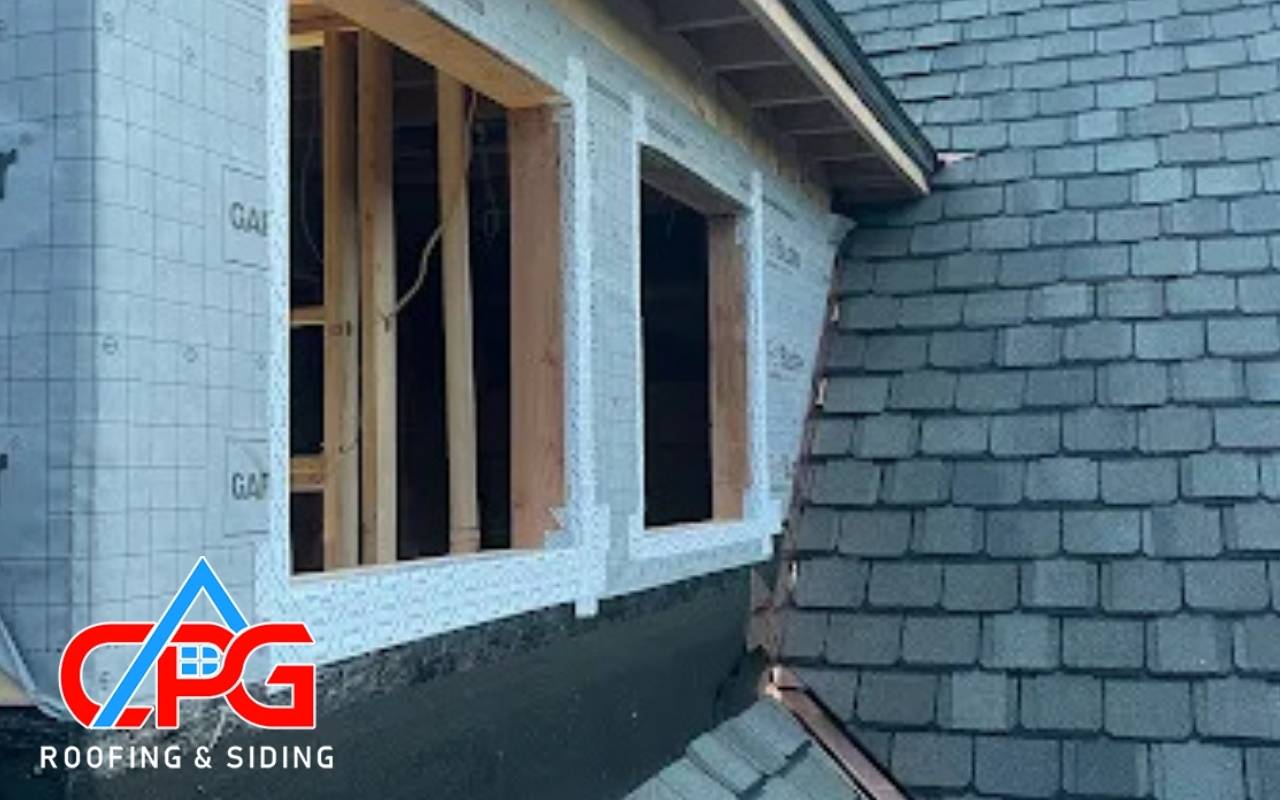
Living in Orange County, NY, offers beautiful views and diverse weather. However, these conditions can challenge your roof’s longevity and performance.
One of the most important yet overlooked aspects of home maintenance is roof condition. Over time, your roof endures intense sunlight, heavy snow, and storms. These are key roof damage indicators.
Recognizing roof damage indicators early helps avoid expensive repairs and stressful leaks. Imagine a quiet Sunday morning. While sipping coffee, you notice raindrops inside your living room. Panic replaces peace.
This is why detecting roof damage indicators is essential. Acting quickly can prevent minor problems from turning into major structural issues. For expert help, visit our roofing replacement service page to learn about durable, professional solutions.
Missing or Damaged Shingles
One common roof damage indicator is missing or damaged shingles. Shingles protect against rain, wind, and harmful UV rays. When cracked or curled, they expose underlying materials to the elements.
In Orange County, changing temperatures and storms make shingles brittle. Hail or heavy snow can knock them loose. Sun exposure causes warping and blistering. Inspect your roof in spring and fall.
Look for granule buildup in gutters, curled edges, or dark spots showing moisture retention. Addressing shingle damage promptly prevents further deterioration and saves on extensive repairs.
Sagging Roof
A sagging roof is a serious warning sign. Weak decking or rafters often cause it, usually from long-term water damage. This is another roof damage indicator.
This structural issue poses safety hazards and should be addressed quickly. Heavy snow in Orange County worsens sagging. It accelerates wood deterioration.
Inspect your attic periodically. Look for bent beams, displaced insulation, or ceiling cracks. If found, contact a professional immediately. You can also contact our roofing experts for a detailed inspection.
Water Stains on Ceilings
Upon noticing water stains, investigate quickly. Check your attic for leaks or damp insulation. Focus on flashing near chimneys, vents, and skylights. Water stains are strong roof damage indicators.
Once you find the cause, repair damaged flashing or reseal penetrations. Severe issues may require full roof replacement. Prevention includes regular inspections.
After fixing the source, repair interior damage. Repaint stained ceilings or replace damaged drywall. Watch for mold growth and remove it promptly to maintain a healthy home environment.
Granules in Gutters
Granules protect shingles from UV rays and moisture. Finding sand-like grit in gutters means shingles are wearing down. This accelerates roof deterioration and is a common roof damage indicator.
Check gutters after heavy rain. Look for gritty sediment. Inspect the roof for bald or shiny spots where granules are gone.
Minor granule loss might require spot repairs. However, widespread loss signals that shingles are nearing the end of their lifespan.
Daylight Through the Roof Boards
Seeing daylight in your attic through cracks is a clear replacement sign. It means roofing materials have degraded and no longer block moisture. This is one of the most critical roof damage indicators.
Even tiny gaps allow water, pests, and drafts to enter. Inspect on sunny days with lights off. Mark visible gaps and assess surrounding areas for rot or warping.
While small holes may be patched, multiple gaps often mean the underlayment and deck are compromised. In that case, replacement is the safest option.
Mold or Moss Growth
Mold and moss thrive in Orange County’s humid climate. They damage shingles, allowing water to penetrate and harming air quality indoors.
Look for green or black patches, especially in roof valleys or shaded areas. Gentle cleaning and metal strips can slow growth.
If growth keeps returning, your roof may no longer repel moisture effectively. Using algae-resistant materials during replacement ensures longer protection.
Age of the Roof
Keep track of installation dates and repairs to know your roof’s age. Professional inspections help assess condition and remaining lifespan.
Signs of aging include curled shingles, cracks, and granule loss. Asphalt shingles usually last 20-25 years before replacement becomes necessary.
Replacing an aging roof before failure avoids emergencies, safeguards your home, and can improve property value.
High Energy Bills and Temperature Fluctuations
Sudden increases in heating or cooling costs may indicate roof problems. Damaged underlayment or poor insulation can let air escape.
Check attic insulation depth and seal gaps near vents or chimneys. Thermal imaging can detect heat loss areas.
If insulation fixes don’t help, failing roof materials may be the cause. Replacing your roof with efficient systems reduces bills and restores comfort.
FAQs
How often should I inspect my roof? Inspect at least twice yearly, in spring and fall, for early problem detection.
Can I replace only damaged shingles? Yes, but widespread damage often means full replacement is more cost-effective.
Does moss always mean roof replacement? Not always, but persistent moss growth often signals deeper moisture issues.
What is the average lifespan of a roof in Orange County? Asphalt shingle roofs typically last 20-25 years with proper maintenance.
Protect Your Home Today
Your roof is your home’s first defense. Don’t wait for small issues to grow. Visit our roofing repair page or contact CPG Roofing for professional help today.

